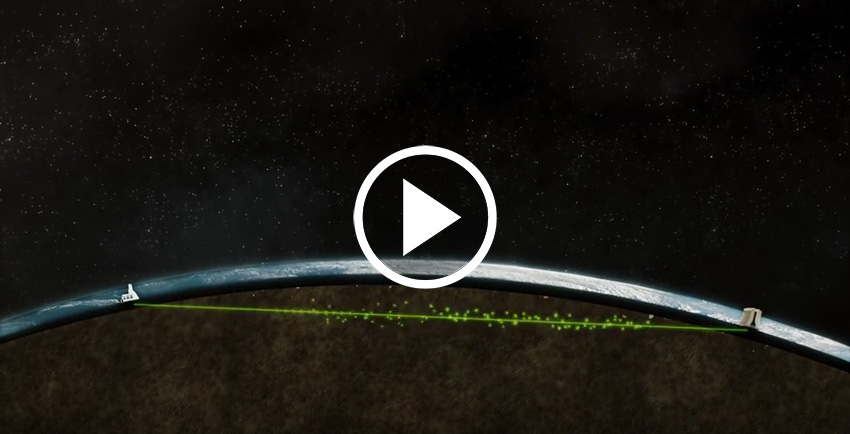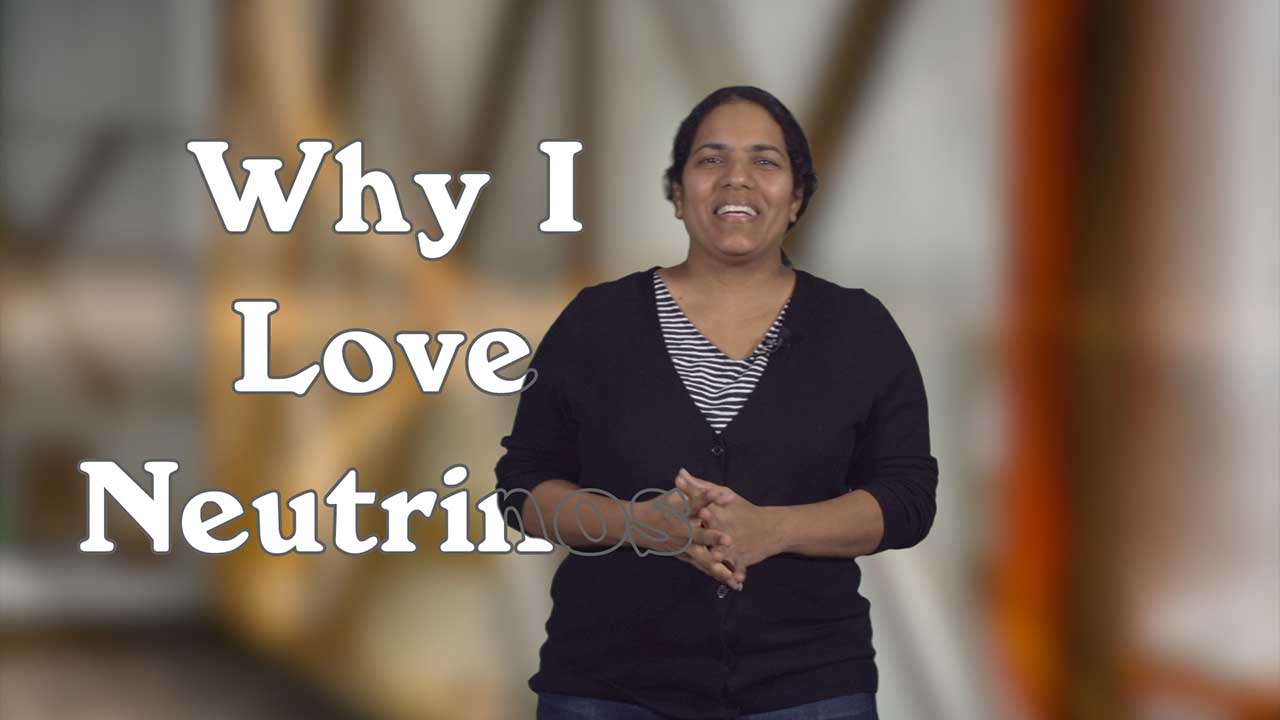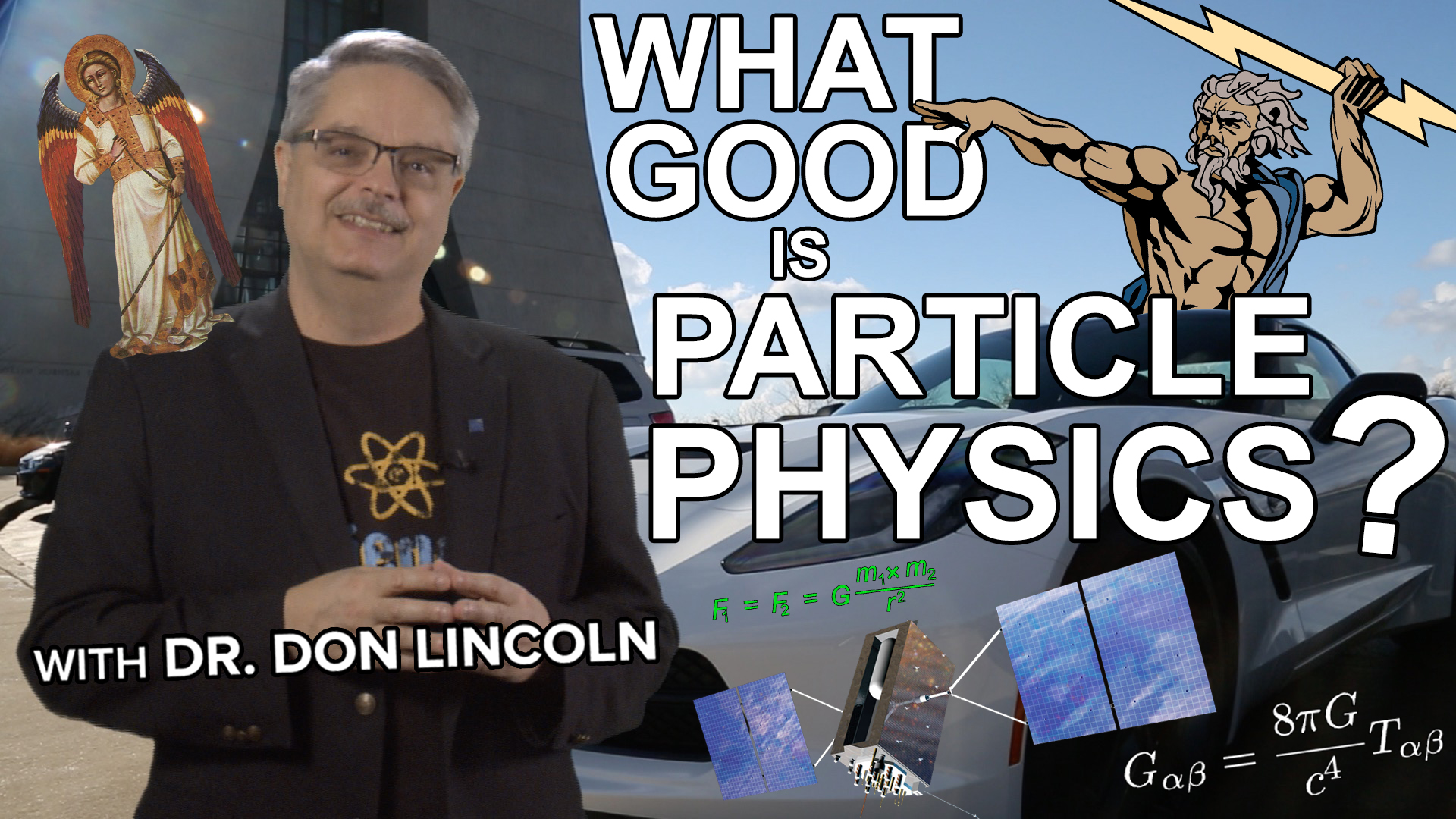Video: Small particles, big science: the international LBNF/DUNE project
This new, two-minute animation shows how the Long-Baseline Neutrino Facility will power the Deep Underground Neutrino Experiment to help scientists understand the role neutrinos play in the universe.



